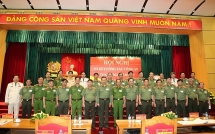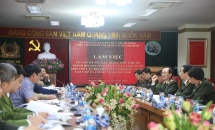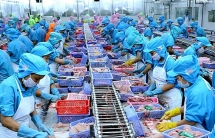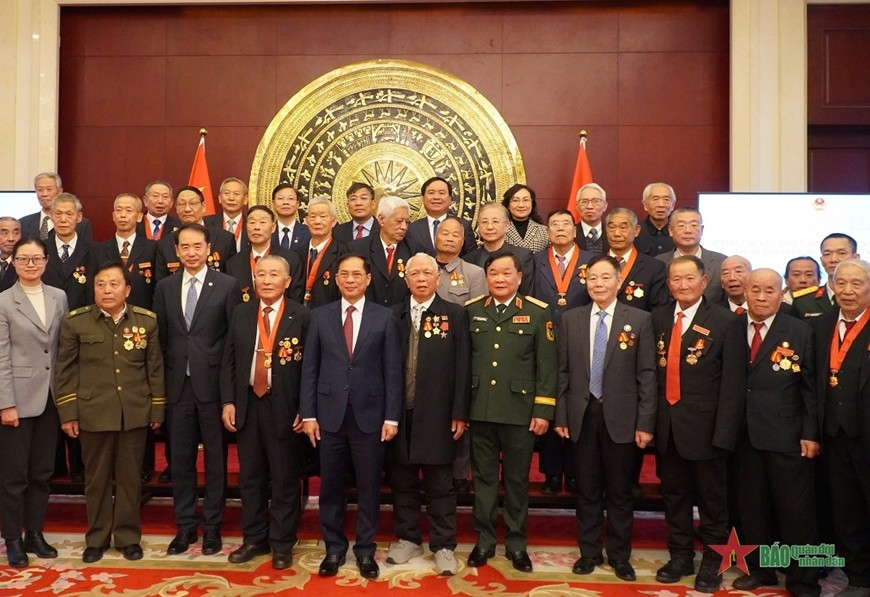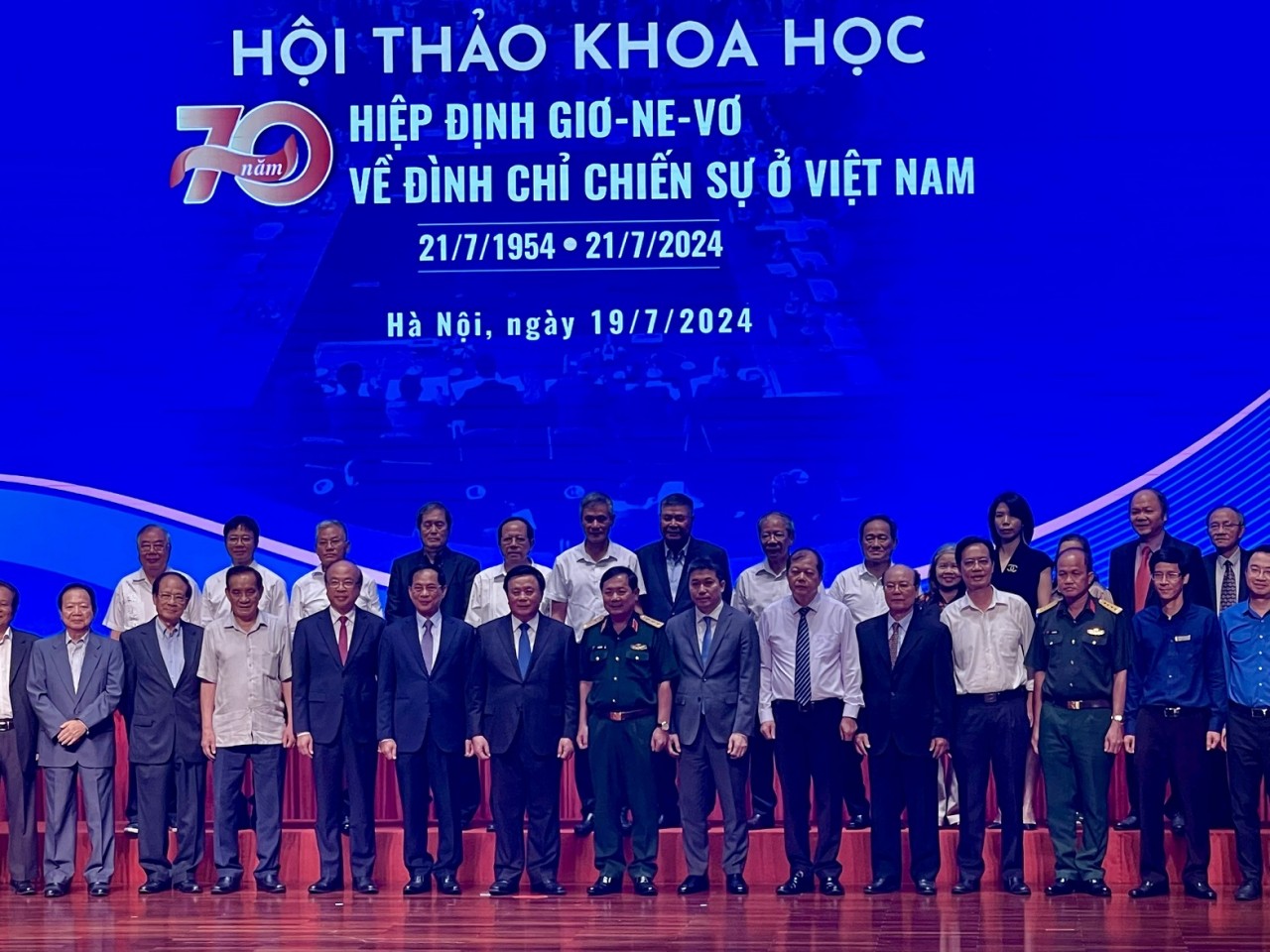An overview of Vietnam Militia and Self-Defence Force
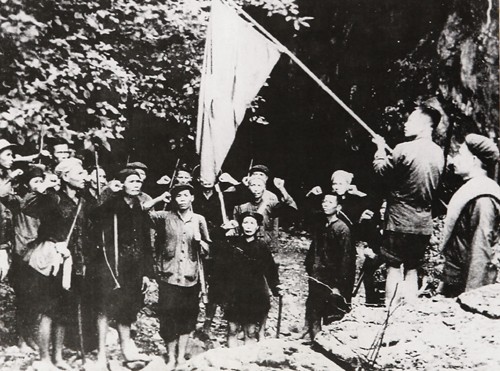 |
| Bac Son Guerrilla Unit, one of the forerunner units of the VPA, taking part in Bac Son insurrection in 1940. (Photo: VDP) |
Militia and Self-Defence Force's responsibility
Vietnam's Militia and Self-Defence Force takes responsibility for the protection of administrative authorities, lives and property of the people, State property at the levels of communes, offices and organizations.
In peacetime, the Militia and Self-Defence Force is the core force tasked with performing both work and production, and playing the vanguard role in protecting production activities, preventing and overcoming the aftermaths of natural calamities and enemy-inflicted destruction as well as other serious incidents.
At the same time, it co-ordinates with grassroots-level security forces to maintain political security, and public order and safety in localities, and participates in building grassroots-level establishments into comprehensively strong ones, making contributions to the building of increasingly firm local defence zones. In border, sea areas and islands, the Militia and Self-Defence Force co-ordinates with the Border Guard Force to firmly protect sovereignty, territorial integrity and border security of the Homeland.
In wartime, the Militia and Self-Defence Force becomes the strategic force in carrying out people's war, acting as the core force in the movement of fighting the enemy by the whole people, taking part in combat and combat service, coordinating with other forces to protect the locality and unit pursuant to the operational plan of the defence zone. The Militia and Self-Defence Force carries out civil defence work both in peacetime and wartime as regulated by law.
Foundation date
The First National Congress of the CPV issued "the Resolution on Self-Defence Teams" on March 28th, 1935 which is regarded as the foundation date of Vietnam's Militia and Self-Defence Force. So far, the development history of the Militia and Self-Defence Force has been closely linked to the cause of national independence, and the Homeland's construction and protection. From 1935 to 1945, self-defence teams in both rural and urban areas came into being, becoming core elements for the masses to conduct armed uprisings and guerrilla warfare, and to build and expand their guerrilla bases.
In August 1945, the Militia and Self-Defence Force together with the whole people successfully carried out the General Uprising for independence. After September 2nd, 1945, the Militia and Self-Defence Force became an element of the independent State of Vietnam's armed forces, one of the three categories of the people's armed forces were organized in all communes and villages, municipal quarters, actually becoming a tool to protect the young revolutionary regime and the revolutionary achievements.
Nowadays, the Militia and Self-Defence Force have developed in quality, quantity, organizational structure, and equipment. The organizational structure is more compact but the overall quality of the Militia and Self-Defence Force has been upgraded, meeting the requirements of new assignments.
| Militia and Self-Defence Force of Vietnam: Noble awards Through years of construction, combat and development, generations of cadres and members of the Militia and Self-Defence Force have shown absolute loyalty to the Homeland, the people, and the revolutionary cause of the Party, combating resiliently, ingeniously and bravely, labouring, studying and working effectively and creatively, and gained great achievements. Its 366 units and 275 inpiduals have been awarded the title of Hero of the People's Armed Forces. Vietnam's Militia and Self-Defence Force deserve President Ho Chi Minh's praise: "The Militia and Self-Defence Force and guerrillas are the force of the whole nation, an invincible force, a solid wall of the Homeland. No matter how atrocious enemies are, if they collide with that force, that wall, they are sure to be destroyed." |
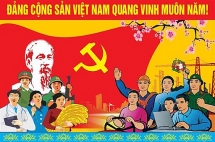 | Communist Party of Vietnam: History, Organization and Structure The Communist Party of Vietnam: History, Organization and Structure: The current political system of Viet Nam is composed of the following: the Communist Party of Vietnam (CPV), ... |
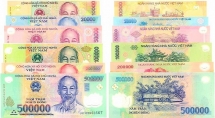 | Visa, Custom and Currency in Vietnam For non-residents, this is an essential overview of current visa procedure, custom and currency in Vietnam. |
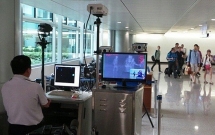 | Vietnamese Ministry of Foreign Affairs informs "entry-exit policies" for foreigners over COVID-19 Spokesperson of the Ministry of Foreign Affairs Le Thi Thu Hang on March 14 answered reporters’ queries about entry and exit policies for foreigners who ... |
Recommended
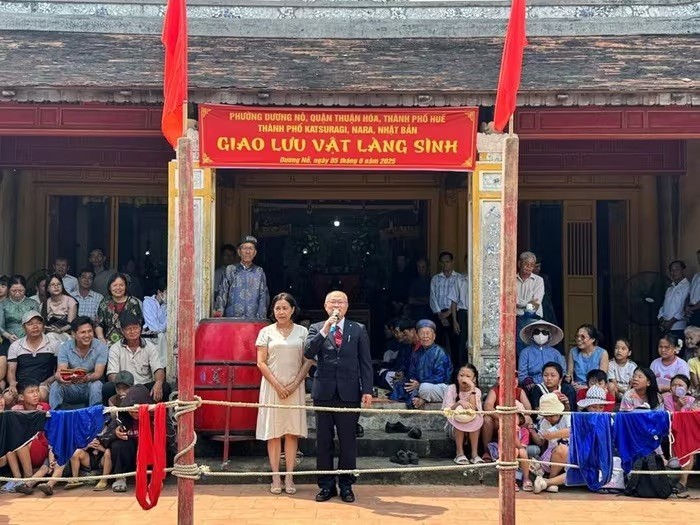 Viet's Home
Viet's Home
Traditional Martial Arts Exchange between Sinh village (Hue City) and Katsuragi City (Japan)
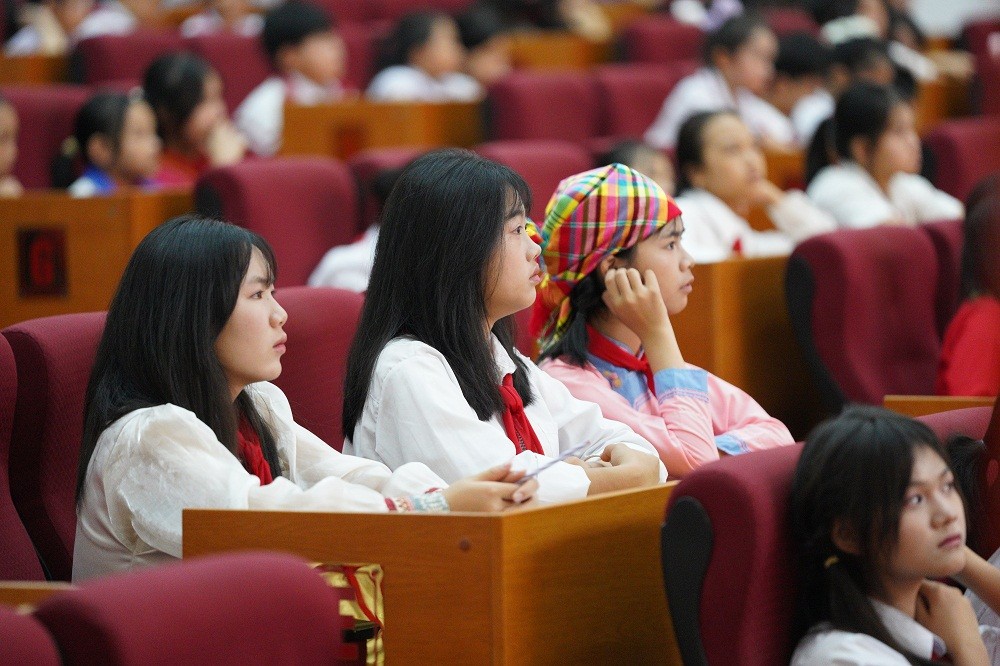 Viet's Home
Viet's Home
Lai Chau National Assembly, People's Council Delegates Hold Dialogue with Children
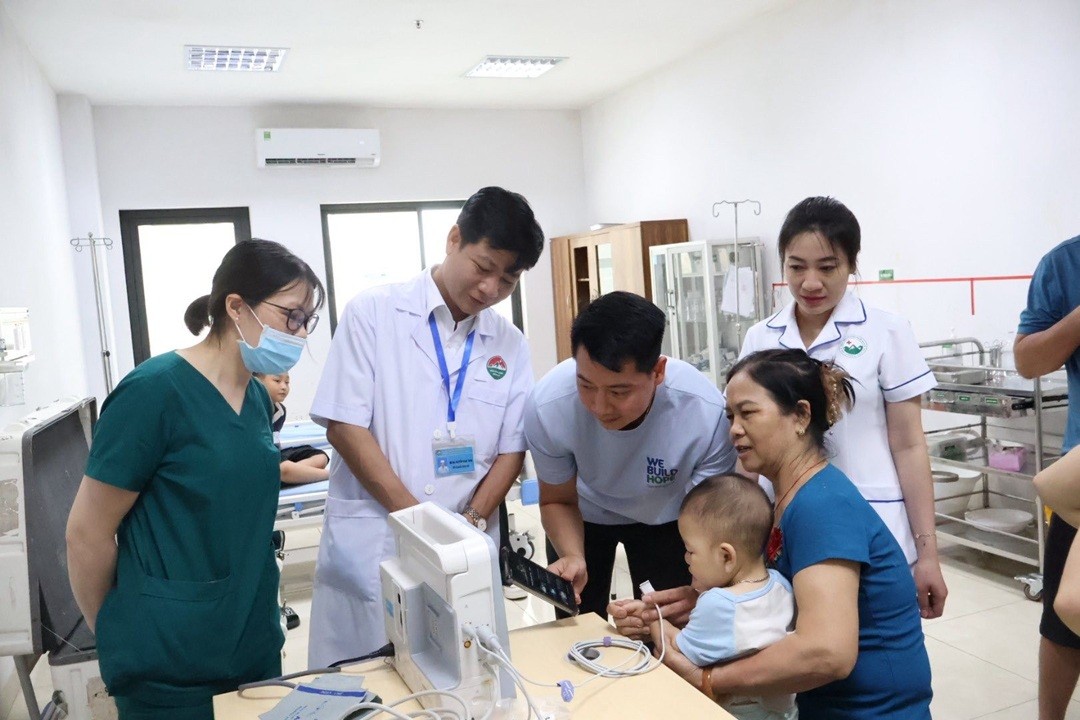 Viet's Home
Viet's Home
24 Children with Disabilities in Northern Provinces Received Free Surgery
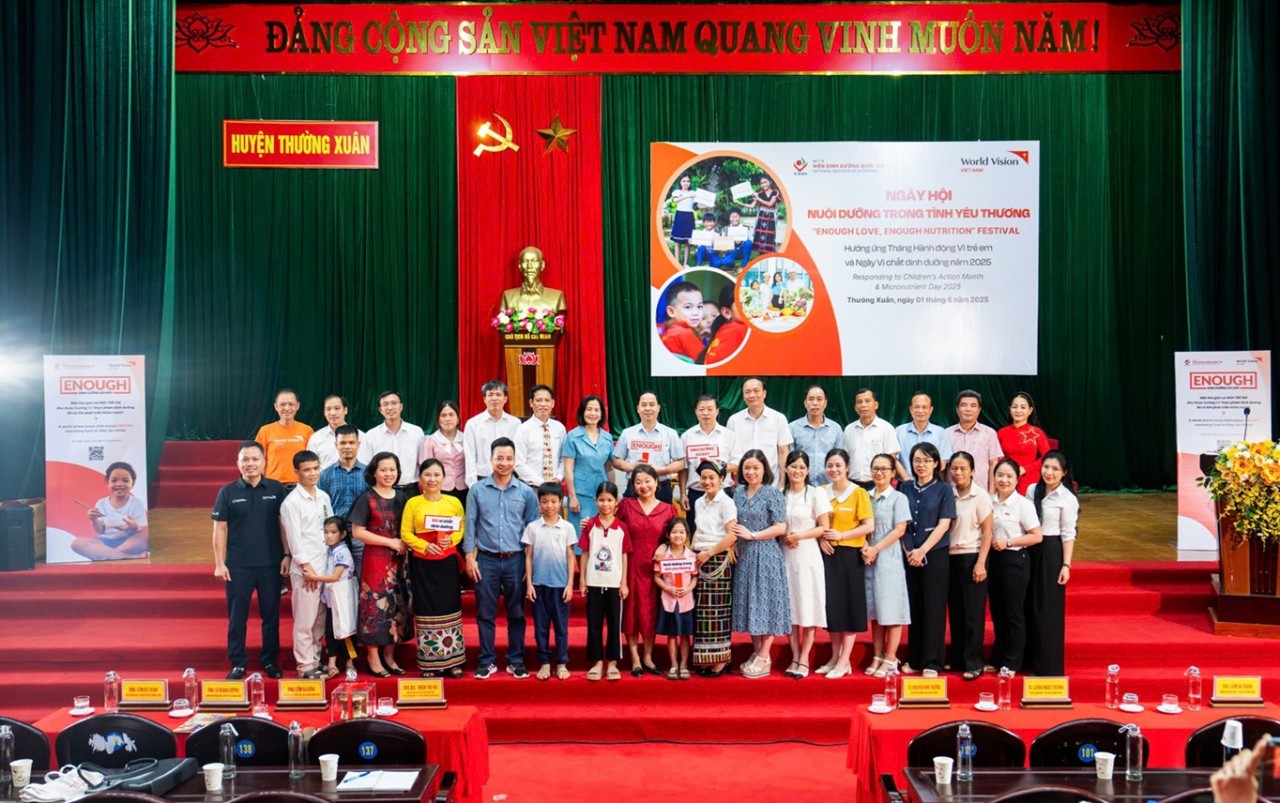 Viet's Home
Viet's Home
World Vision Promotes Comprehensive Nutritional Care for Vietnamese Children
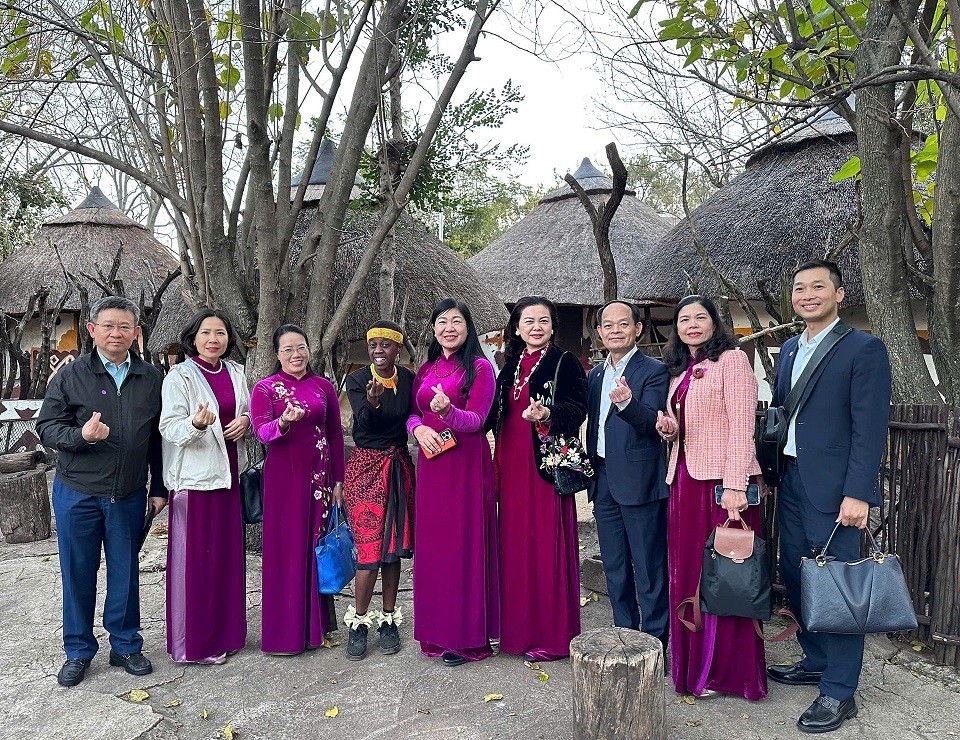 Viet's Home
Viet's Home
Hanoi, South Africa Strengthens People-to-people Exchanges, Expands Multi-sector Cooperation
 Viet's Home
Viet's Home
Hue City to Raise Awareness on Mine Accident Prevention
 Focus
Focus
Vietnam Leaves Imprints on the World Peacekeeping Map
 Viet's Home
Viet's Home

